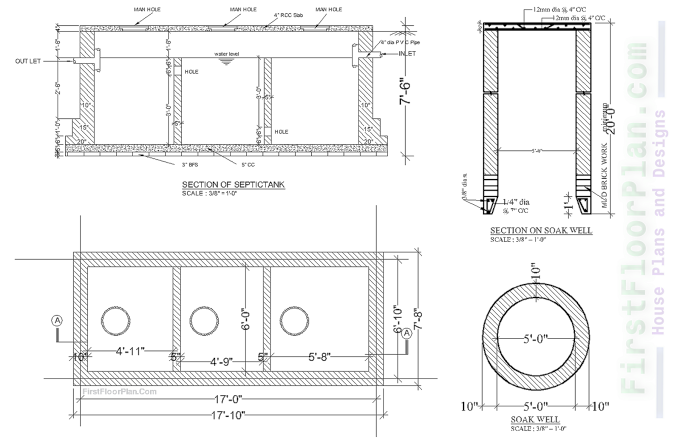Prepare the Site
The first step in pouring pervious concrete is to prepare
the site. This includes excavating the area and ensuring that the subgrade is
stable and compacted. If necessary, add a layer of geotextile fabric to help
prevent the infiltration of fine particles into the pervious concrete. Next,
install any necessary forms to hold the concrete in place.
Mix the Concrete
The next step is to mix the concrete. Pervious concrete has
a unique mix design that includes less sand and more cement than traditional
concrete. This creates larger void spaces that allow water to flow through the
concrete. It is important to use a high-quality mix that is specifically
designed for pervious concrete. The mix should be thoroughly blended and tested
to ensure that it meets the required specifications.
Place the Concrete
Once the concrete is mixed, it is time to place it. Unlike
traditional concrete, pervious concrete is not compacted or vibrated during
placement. Instead, it is placed in lifts of about 4 to 6 inches and then
struck off using a screed. This helps to create a uniform surface that is level
and free of any high or low spots.
Finishing the Surface
After the concrete is placed and struck off, it is time to
finish the surface. Pervious concrete requires a light broom finish that helps
to create a rough surface. This surface is essential for allowing water to flow
through the concrete. It is important to ensure that the surface is uniform and
free of any voids or low spots.
Curing the Concrete
The final step in pouring pervious concrete is to cure the
concrete. Pervious concrete requires a longer curing time than traditional
concrete to ensure that it reaches its full strength. During the curing
process, it is important to keep the surface moist to prevent cracking. This
can be accomplished by using a curing compound or by covering the surface with
a wet burlap.
Tips for Pouring Pervious Concrete
Pouring pervious concrete requires specific techniques to
ensure a successful installation. Here are some tips to help you achieve a
high-quality finish:
Use the right mix design: Pervious concrete requires
a unique mix design that is specifically designed for this type of concrete. It
is important to use a high-quality mix that meets the required specifications.
Place the concrete properly: Pervious concrete is not
compacted or vibrated during placement. Concrete roller screed is
the best pervious concrete screed, because it will not vibrate
the concrete. It is important to place the concrete in lifts and strike it off
using a screed to create a uniform surface.
Finish the surface correctly: Pervious concrete
requires a light broom finish that helps to create a rough surface. It is
important to ensure that the surface is uniform and free of any voids or low
spots.
Cure the concrete properly: Pervious concrete
requires a longer curing time than traditional concrete to ensure that it
reaches its full strength. During the curing process, it is important to keep
the surface moist to prevent cracking.
Work with an experienced contractor: Pouring pervious
concrete requires specific skills and knowledge. It is important to work with
an experienced contractor who has the expertise to ensure a successful
installation.
Conclusion
Pouring pervious concrete requires specific techniques to ensure a high-quality finish that will provide long-lasting benefits. By following the steps outlined in this article, you can successfully pour pervious concrete and enjoy the benefits of improved drainage and water quality in your project. pouring pervious concrete requires specific techniques, but the benefits of this type of concrete are worth the effort. By reducing stormwater runoff, improving water quality, and reducing the urban heat island effect, pervious concrete is an environmentally friendly and sustainable choice for a wide range of applications. With proper installation and maintenance, pervious concrete can provide a long-lasting and effective solution for managing stormwater in your project.










%20House%20plan%20with%207%20storey%20Apartmen%20building%20Structural%20desing%20%20DWG%20&%20PDF.jpg)


